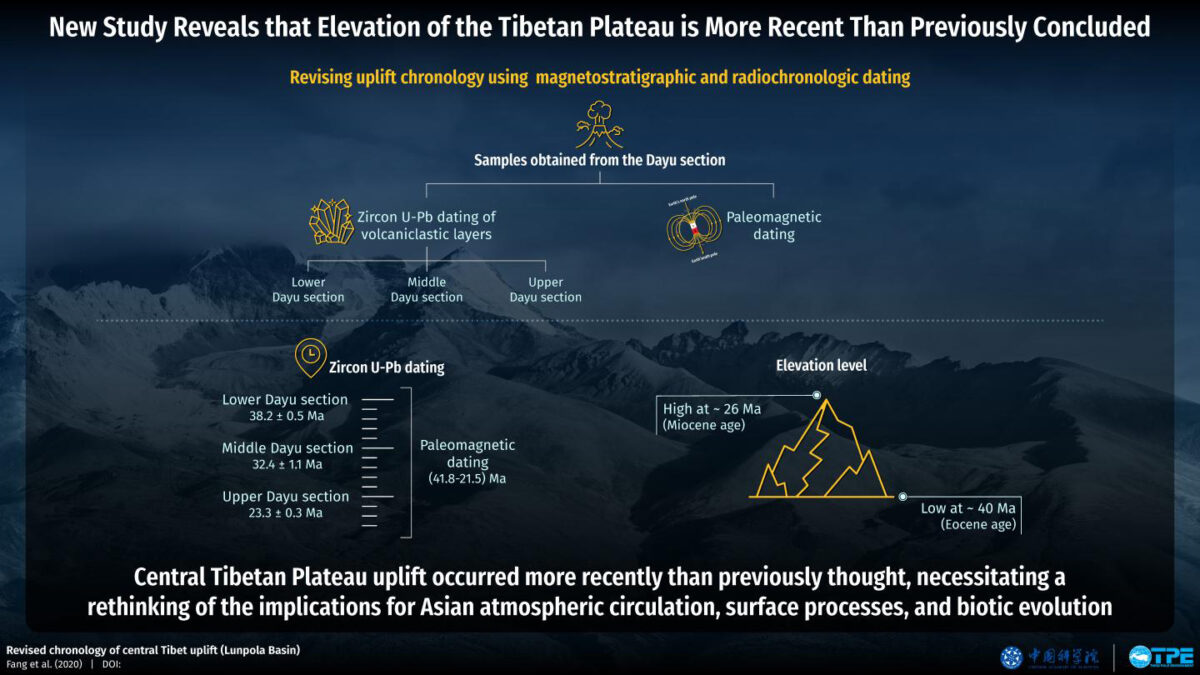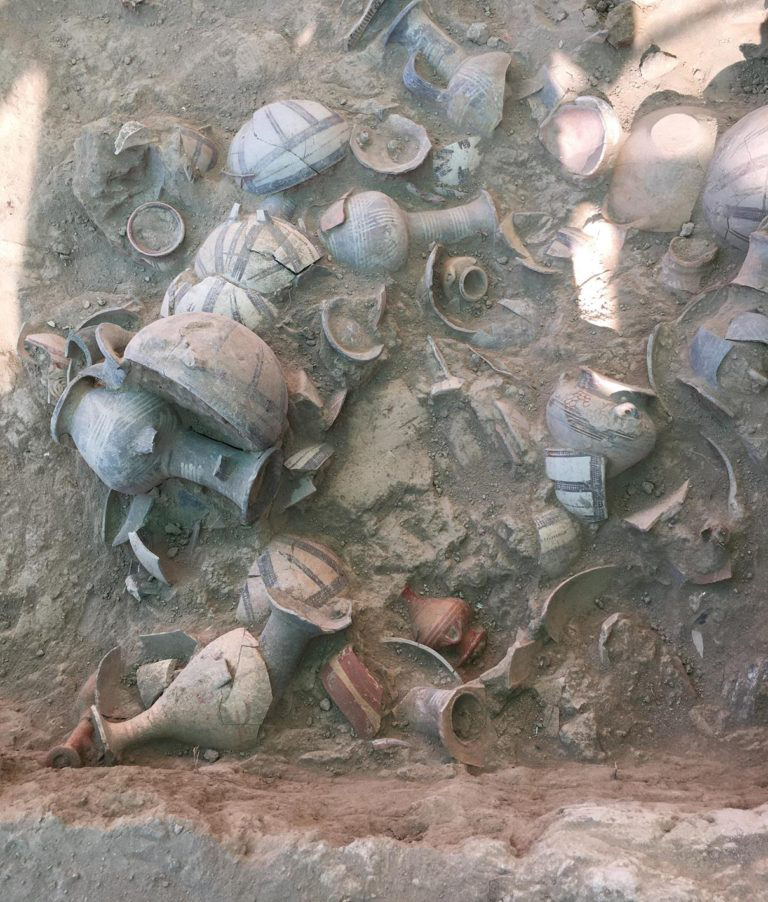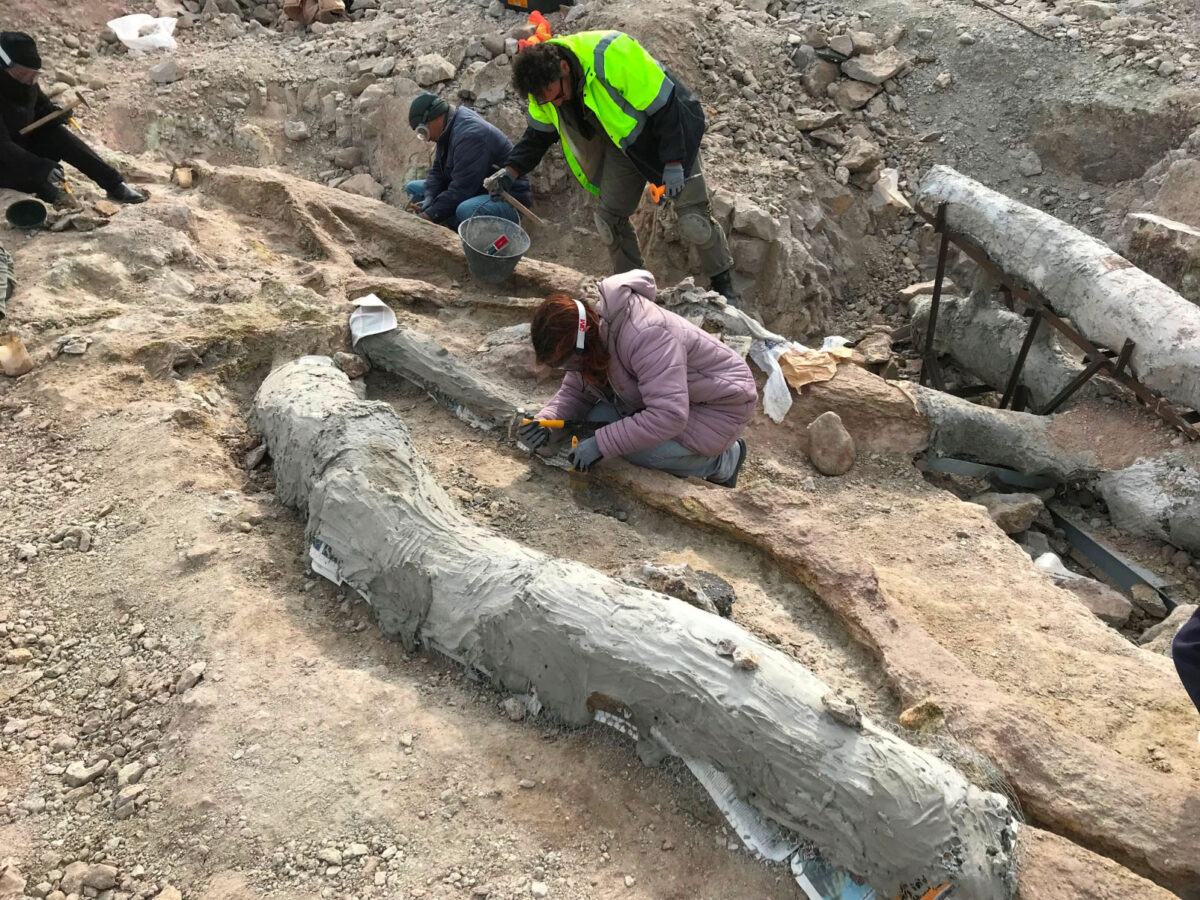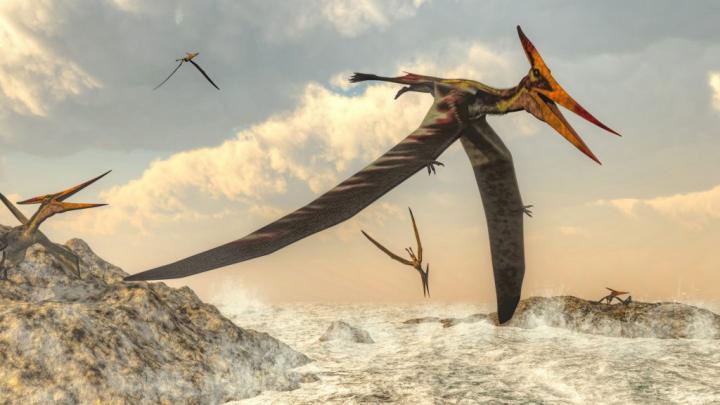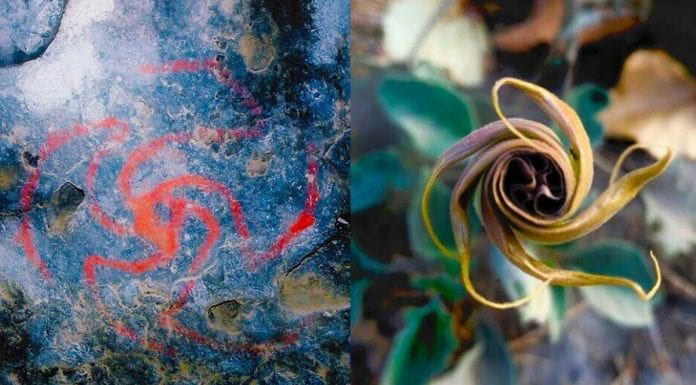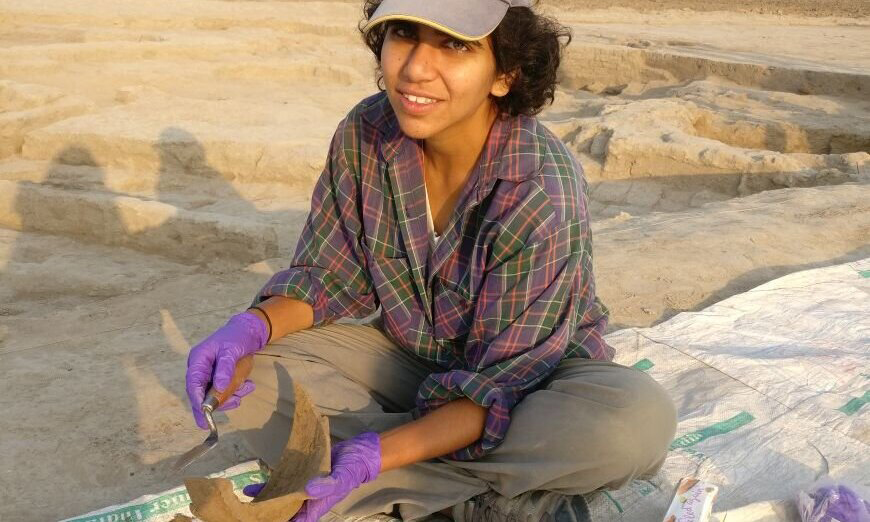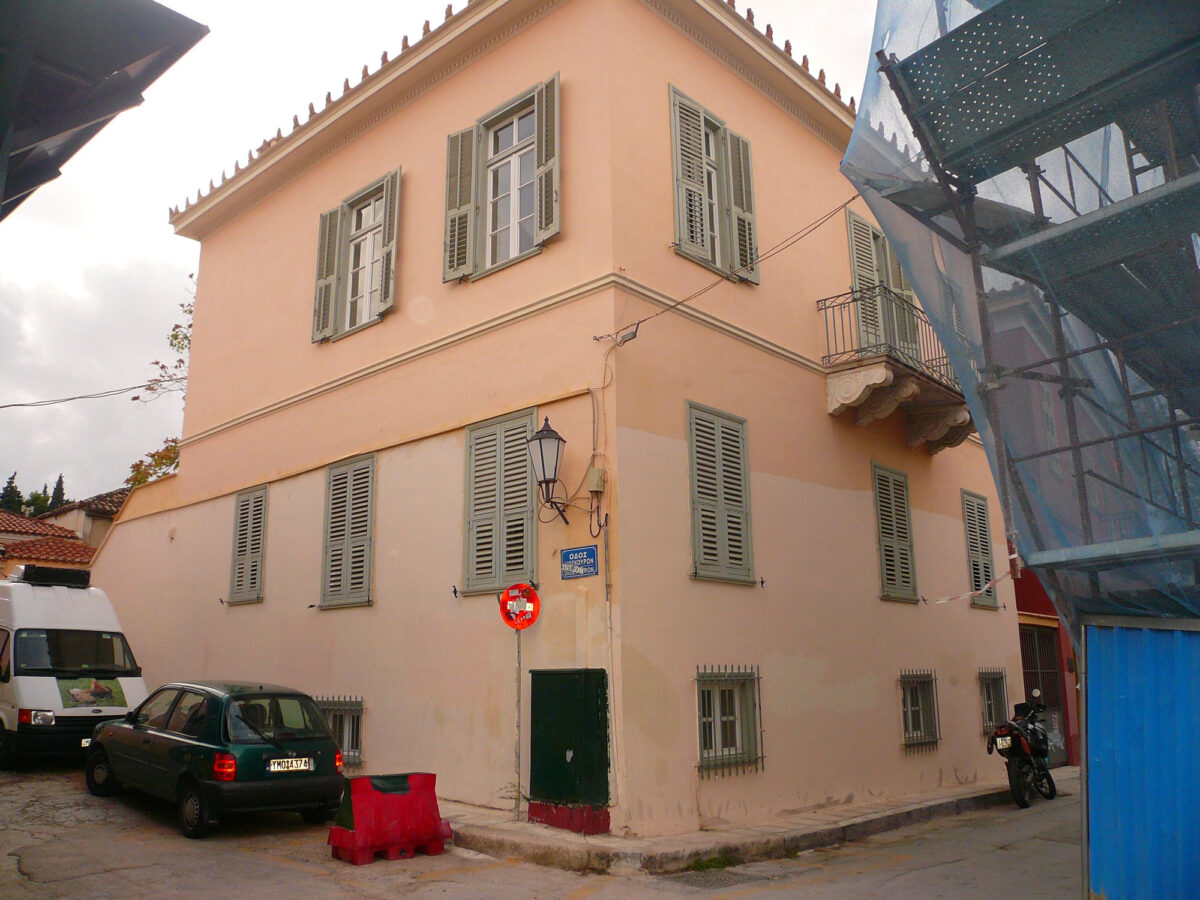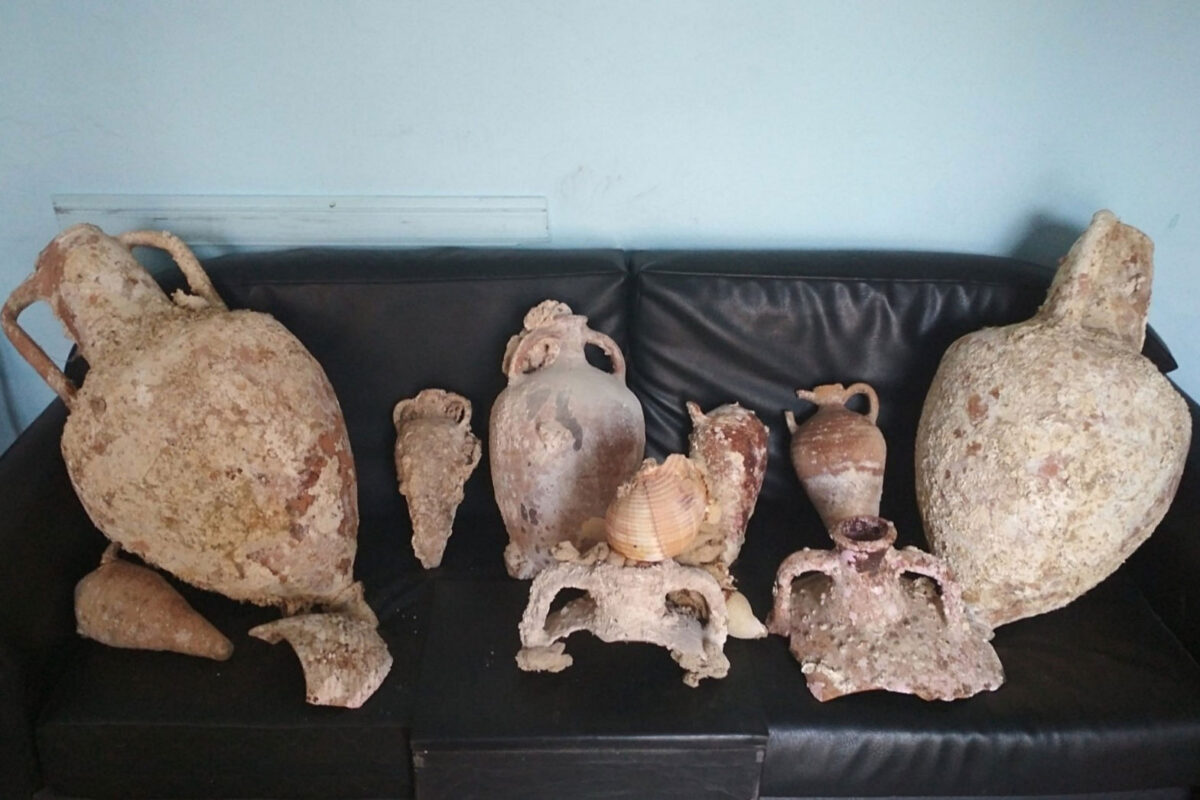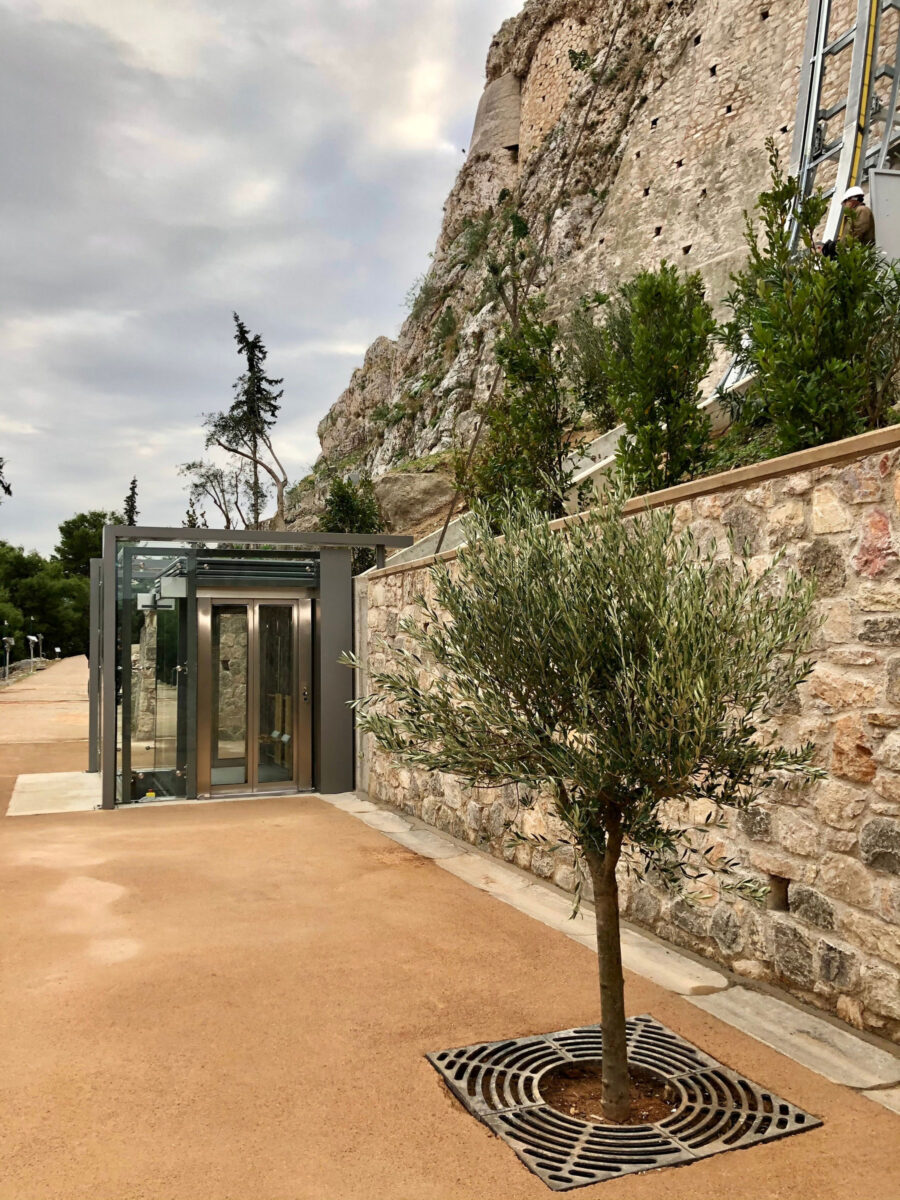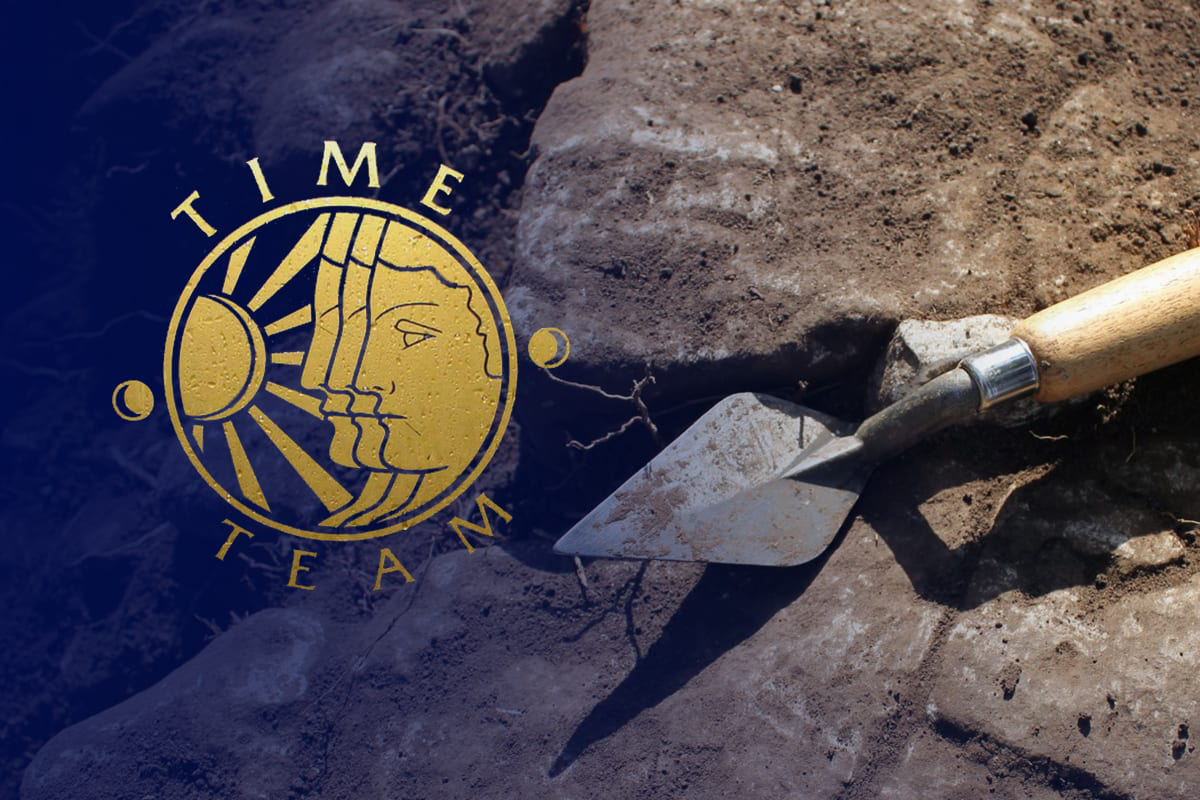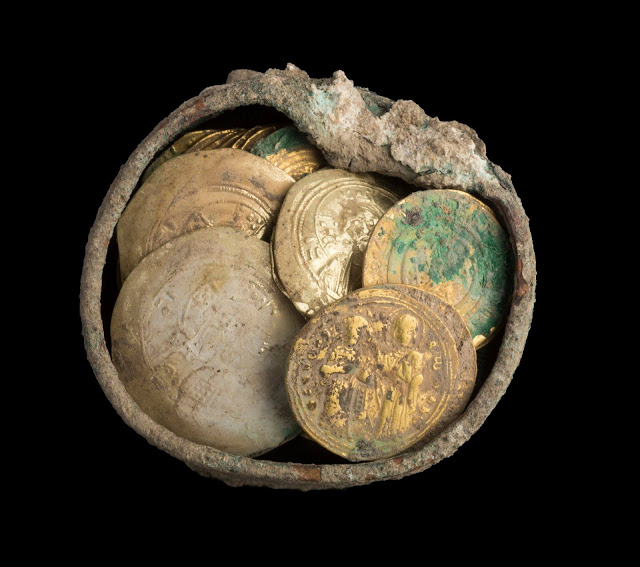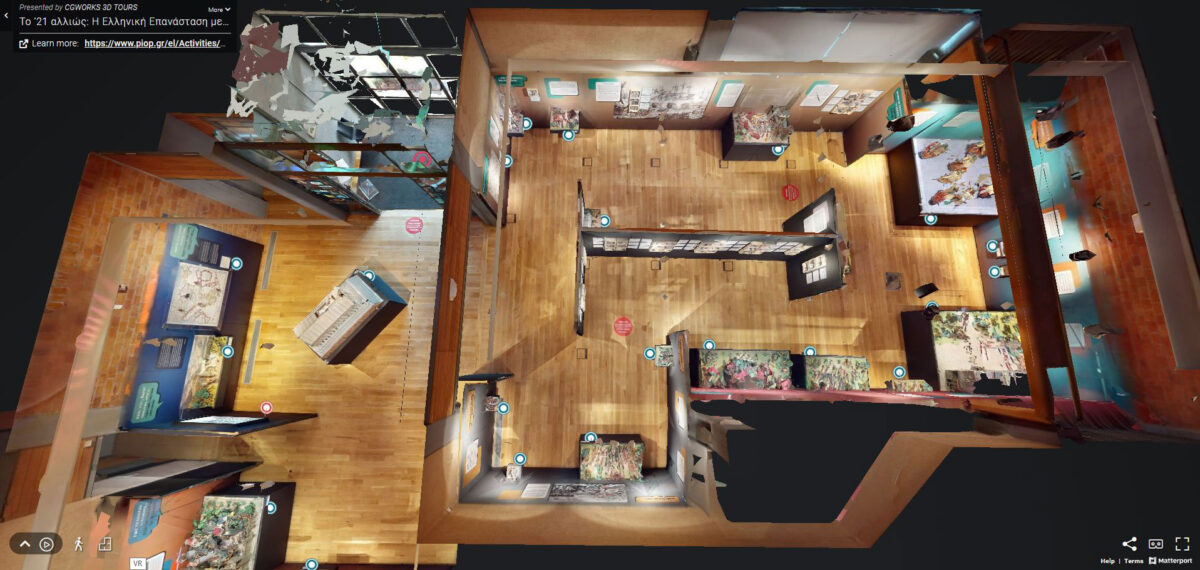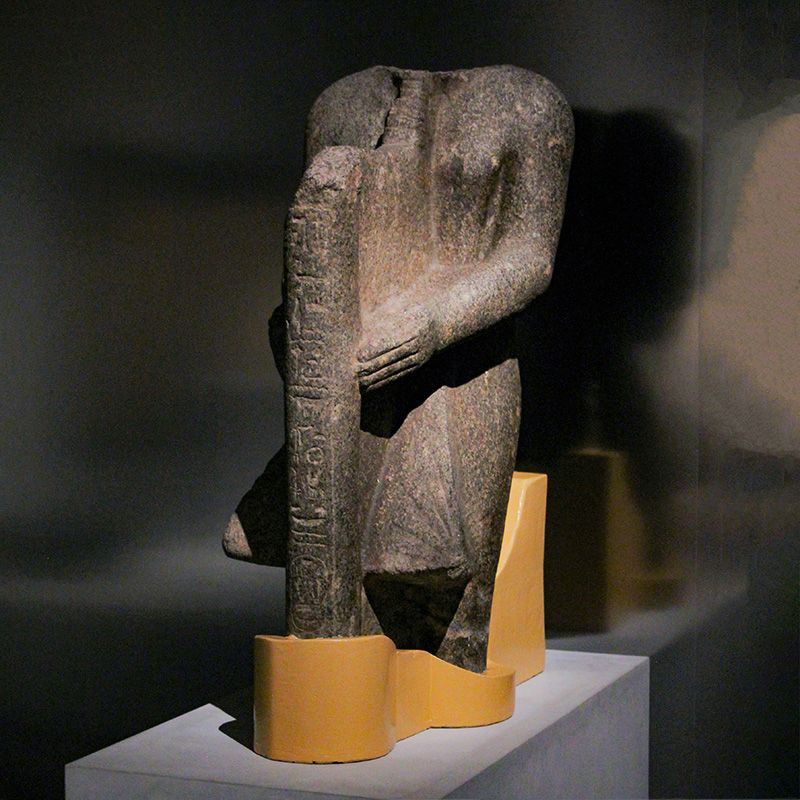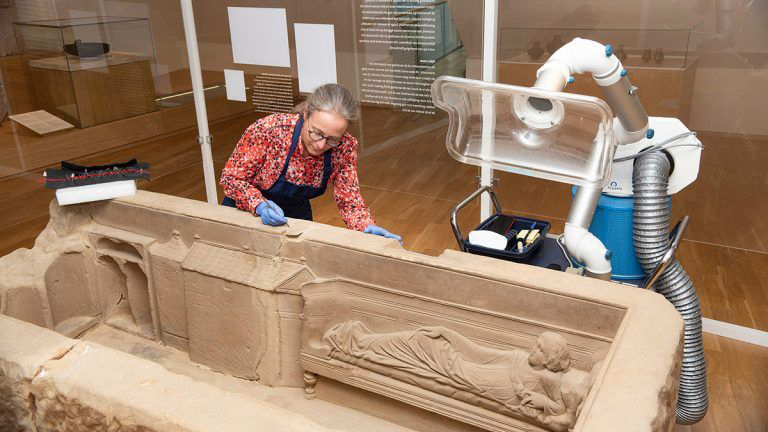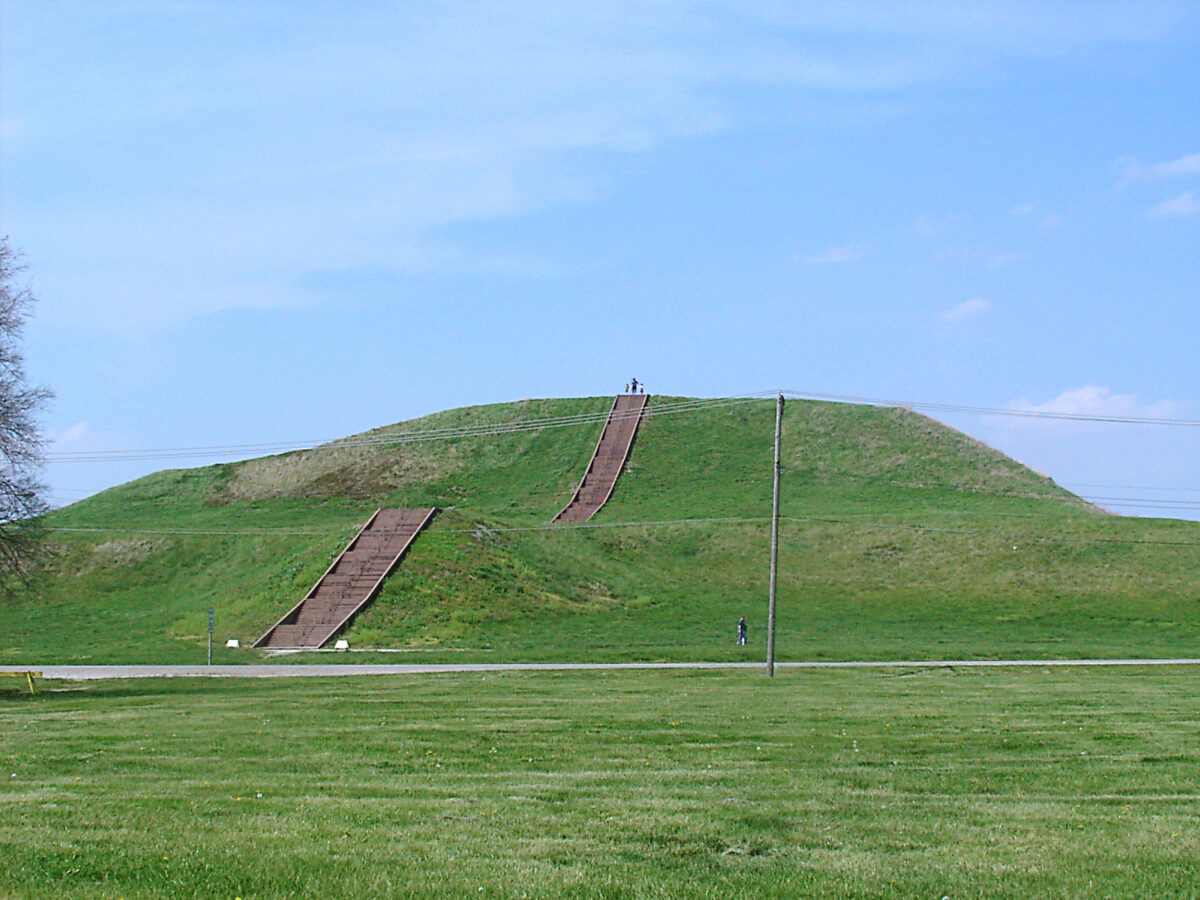“Birthday” of the roof of the world recalibrated
A recent study published in Science Advances proves, through fossil analysis, that much of the Third Pole only grew to its modern height over the past 10 million to 20 million years, rather than 40 million years ago.
Results of the recent excavations at Hala Sultan Tekke
The nature of the finds reflects the central role of Hala Sultan Tekke as a trading metropolis in the Mediterranean economic system.
An impressive fossilized tree with its branches was discovered
The fossilized trunk is preserved almost intact in a bed of fine-grained volcanic ash.
Archaeologists find Britain’s only 5th c. Roman mosaic
Archaeologists conducting excavations at Chedworth Roman Villa in Gloucestershire, England, have discovered the first known Roman mosaic that dates from the 5th century AD.
Pterosaur precursors fills a gap in early evolutionary history
Here's the original story of flight. Sorry, Wright Brothers, but this story began way before your time — during the Age of the Dinosaurs.
Mind-altering psychedelics discovered in Native American Cave
Archaeologists conducting a study of California’s Pinwheel Cave, a Native American rock art site associated with the Chumash people, have discovered evidence of mind-altering psychedelics.
Fatty residues on pottery reveal meat-heavy diets of Indus Civilization
New lipid residue analyses reveals a dominance of animal products used in ancient ceramic vessels from settlements of the Indus Civilisation.
A house for Odysseas Elytis in Plaka
Spaces will be created in the building for both exhibiting and safeguarding the Elytis Archive as well as the important visual material which displays the great variety of his work.
Pheidias workshop to be restored
The study, prepared and funded by the German Archaeological Institute, aims to completely protect the monument and its greater area.
Arrest on Kalymnos for possession of ancient amphorae
10 large and small amphorae and parts of amphorae were found and confiscated.
Exhibition: Antiquarianism and Philhellenism
The exhibition will enhance the antiquarian aspects of the philhellenic movement, which occurred before, during, and after the Revolution of 1821.
Online auction for the Maria Callas Museum
The 150 works of the very interesting collection up for auction include paintings, silkscreen prints, sculptures, as well as special posters with rare subject matter.
Romano-Celtic temple-mausoleum found at Priors Hall
A new interpretation of a stone building found at Priors Hall, Corby, is published in the latest edition of Current Archaeology magazine.
Ancient Amazonian villages laid out like a clock
Ancient Amazonian villages laid out like a clock face have been discovered by experts, thanks to technology that allows them to see below the rainforest canopy.
Αcropolis: the slope lift and new routes have been delivered
The archaeological site can now be accessed by persons with disabilities and by those with mobility problems.
The impact of Neandertal DNA on human health
A researcher at the University of Tartu described new associations between Neandertal DNA and autoimmune diseases, prostate cancer and type 2 diabetes.
Sponsor goal smashed to bring back Time Team
A crowdfunding campaign has been launched through the Patreon platform, to generate the support and revenue needed for a relaunch of the show in some new form.
Cache of rare gold coins discovered at Caesarea, Israel
The new finding highlights the notion of Caesarea being a vibrant port city since its establishment 2,030 years ago.
‘1821 seen through different eyes’: a digital tour of the exhibition
PLAYMOBIL figures “recreate” battlefields, represent historical events, bring to life everyday scenes and depict key figures of the Struggle.
Pharaoh’s statue pieces held in two different museums are now matched
An unopened letter, forgotten for decades, led Egyptologists Lara Weiss (curator of the Egypt collection, Rijksmuseum van Oudheden) and Rob Demarée (Leiden University) on the trail of pharaoh Ramesses VI.
Ancient migration was choice, not chance
The degree of intentionality behind ancient ocean migrations, such as that to the Ryukyu Islands between Taiwan and mainland Japan, has been widely debated.
Missing masterpieces of art in a digital exhibition
amsung has announced the launch of the exhibition “Missing Masterpieces”, of some of the world’s most iconic and intriguing lost artworks.
Live restoration in the museum
Until mid-January 2021, visitors can follow the restoration of the Roman Simpelveld sarcophagus live in the Rijksmuseum van Oudheden.
